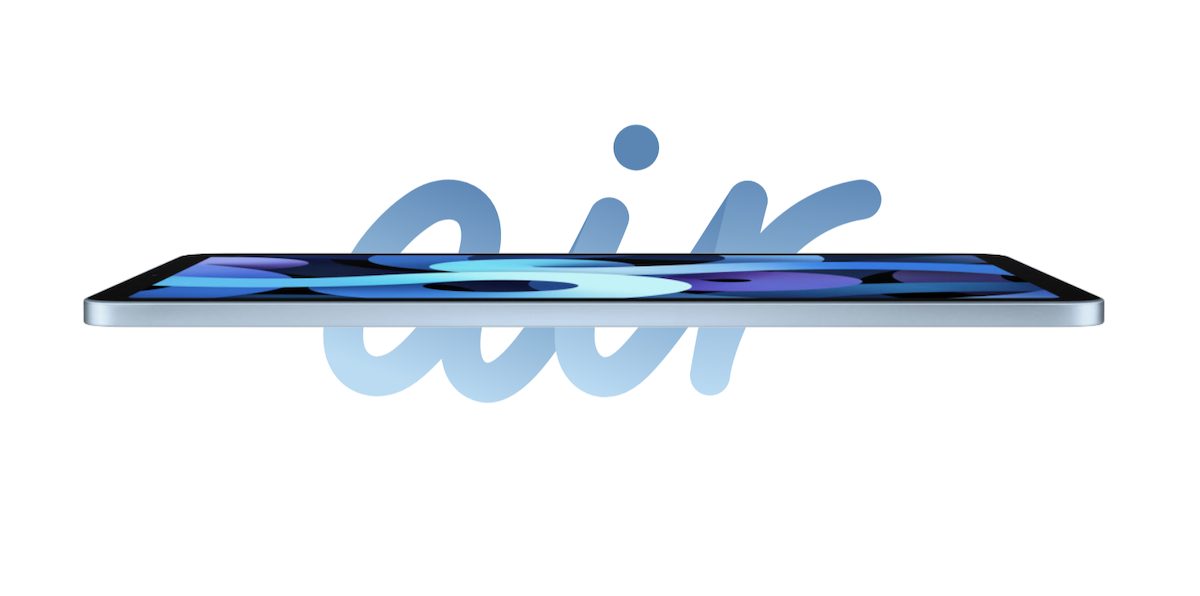Apple has withdrawn the orders of OLED display panels for the 2022 iPad Air model from Samsung. The Elec reports that the two companies could not resolve issues related to display technology and its production.
Previously, Apple cancelled Samsung’s periscope order for the 2023 iPhone series and will likely give the order to LG InnoTek and Jahwa Electronics. Currently, Samsung provides OLED displays for iPhone 13 series, and reportedly it also manufactured OLED display panels for the new 14-inch and 16-inch MacBook Pro models coming later this year and the 2022 MacBook Pro model.

Samsung’s unwillingness to reset its production line for the new OLED iPad Air made it lose Apple as a client
Samsung has successfully commercialized a single stack OLED panels structure. According to the report, there was a falling between the two companies because Apple requested a two-stack tandem OLED structure for the new 10.86-inch iPad Air model which would double the brightness and prolong the panel’s life
Despite the request, Samsung Display proposed a single stack structure. The display panel maker, the world’s largest OLED panel manufacturer, has so far only commercialized single stack structure. Apple continued to insist on the two stack tandem structure, the people said.

People familiar with the matter also said that profitability was an issue for Samsung. Apple required a completely new OLED display technology for two new OLED iPads:10.86-inch iPad Air and 12.9-inch iPad Pro coming in 2023 or 2024. But the manufacturer was not ready to commit to a costly reset of the production line without certainty that that new OLED display panels will be sold for a long time. The report states:
Apple is planning to both apply the two stack tandem structure as well as thin-film transistor (TFT) low-temperature polycrystalline oxide (LTPO) for the two OLED iPads. For the 10.86-inch OLED iPad, it was TFT low-temperature polycrystalline silicon (LTPS).
This means that Samsung Display would have had to change its production lines from the first OLED iPad to the two OLED iPads launching later to change from LTPS to LTPO. This requires the manufacturing line to reset which is costly. Samsung Display was already facing difficulty in increasing the yield rate for 10.86-inch OLED panels, which will take time.
Other sources report that 5th-generation iPad Air will be powered by the A15 Bionic chip, currently used in iPhone 13 series and iPad mini 6. It will also feature a dual-lens camera system with a wide-angle lens and an ultra-wide lens, a LiDAR scanner, 4-speaker audio, 5G NR mmWave support, and more, all for an affordable price.
2 comments